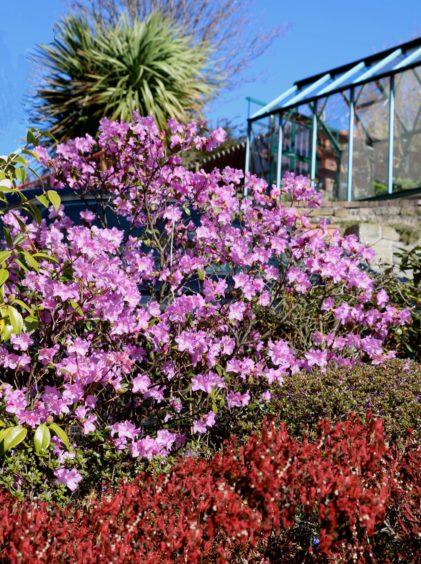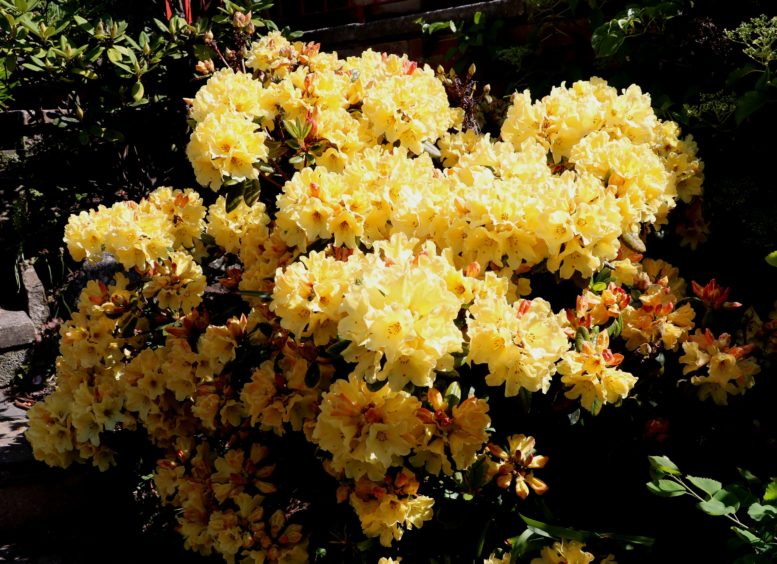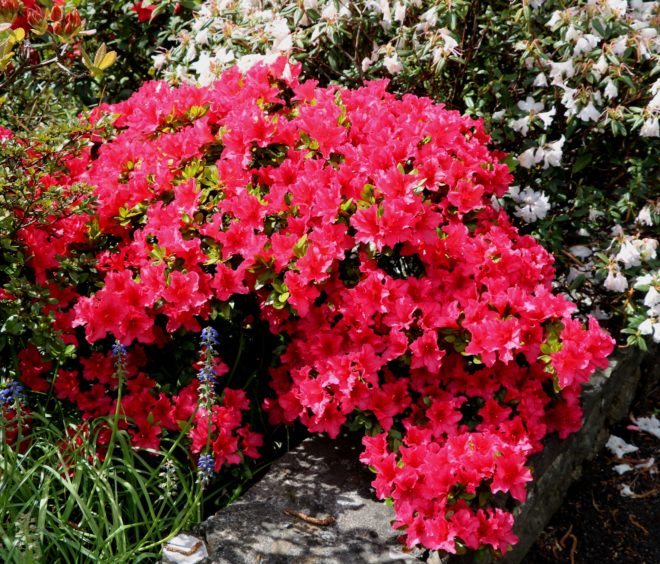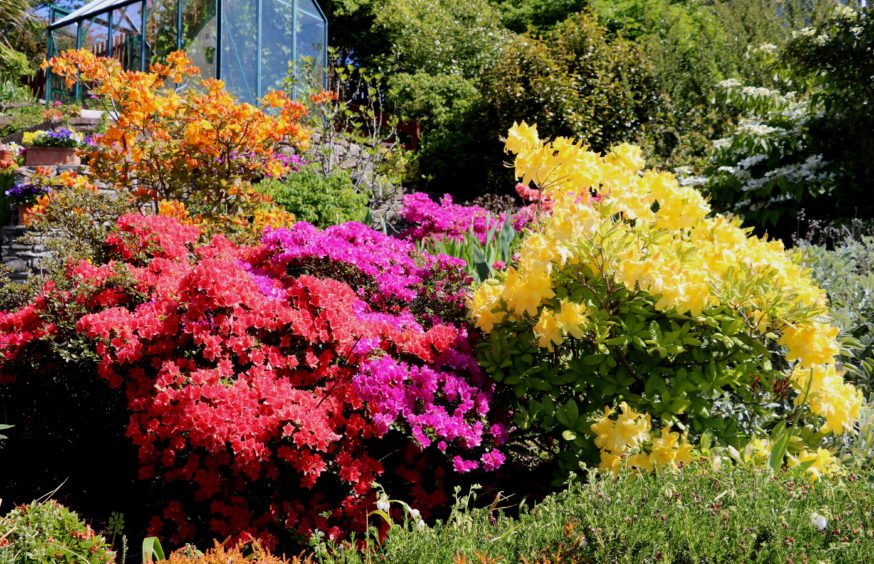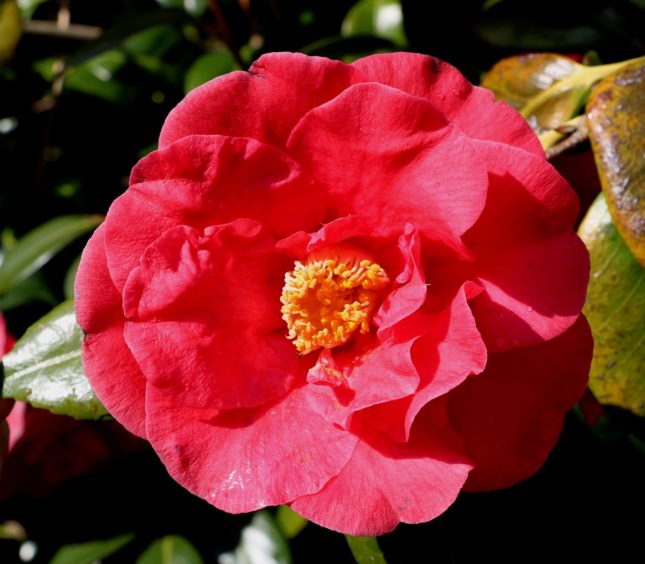Azaleas, Rhododendrons and Camellias flood the garden with colour in late spring when most spring bedding plants and bulbs have faded away.
The first to flower is usually the Rhododendron praecox, a small evergreen bush with mauve flowers in late March provided there are no late frosts around to spoil the delicate blooms. Rhododendrons and azaleas come in all sizes and are very popular all over UK, as they are very reliable and easy to grow provided you give them well drained but moist soil, not prone to drying out and the soil must be acidic.
A sunny aspect is also of benefit, as is dappled shade, but not deep shade under trees.
In preparing an area for these plants add plenty well rotted leaf mould and even rotted pine needles.
A bit of feeding is good to get them started, but either use ericaceous fertiliser or the sulphates of ammonia, potassium and iron, but in modest amounts as these fertilisers are all acidifying in nature.
A good source of plants and information can be found at Glendoick Garden Centre, and with an enjoyable trip up the glen beside the centre you can see them at their best in a natural environment as well as other woodland plants such as the Himalayan Blue Poppy, maples and primulas.
Some plants can be propagated by cuttings and layering but for the difficult varieties grafting onto a suitable rootstock is necessary.
Best to leave that to the professionals who use non suckering under stocks.
The dwarf Japanese azaleas are relatively easy to propagate from both cuttings and layering made easy as they are ground hugging.
Adding a top dressing of well rotted leaf mould often helps the layering process.
Varieties The gardener is absolutely spoiled for choice as there are thousands to choose from.
So give thought to space available with good acidic moisture retaining soil (but not a heavy clay soil), the right degree of light and shade, good drainage and how deep pockets you have. My first choice in late teens were associated with experiences in the Dundee Parks, so Rhododendron praecox was a must.
We had a gorgeous bed of them in Dawson Park, grown in almost pure leaf mould, and then in the sunken garden there was a range of the dwarf Japanese Kurume Azaleas.
Of course as an apprentice I was shown how to propagate these by cuttings and layering and soon I had my own wee collection in my council house garden in St. Marys.
My two favourites were Blaaws Pink and Vuyks Scarlet, both still popular today.
As apprentices we were told about the plant explorers, both the Cox family members and also E H Wilson who went to Japan and returned with his choice of the best evergreen dwarf Japanese Azaleas known as the Wilson 50.
My next choice was Rhododendron Elizabeth, a low growing bright red but a bit prone to mildew.
Many years later I still grow a wide range of Rhododendrons, azaleas and camellias.
I like the scented yellow deciduous Azalea luteum, and A. Anneke also yellow, A.
Gibralter and Klondyke both an eye catching golden orange, but there are masses to choose from. Low growing yellow Rhododendron Nancy Evens, scarlet Dopey, and for a good white try Dora Amateis.
My two must have Camellias are the very popular pink Donation and the bright red Adolphe Audusson.
Like all plants they are also prone to a range of pests and diseases.
The Azalea gall Exobasidium vaccinii can be a real nuisance on the dwarf Azaleas, but keep problem at bay be removing the galls as soon as seen.
Scale is the latest problem and associates with sooty mould.
Spray under the leaves with an insecticide in late spring once the scales are on the move. Phytophthora root rot is the latest plant problem affecting everything from trees and shrubs, raspberries and potatoes. Just keep fingers crossed as there is no solution yet.
Wee jobs to do this week
Plant out sweet corn on ground that had a green manure crop of tares sown in early spring and dug in a couple of weeks ago.
Plants were raised from seed grown indoors under glass, and then potted up to make strong plants for planting out.
I plant out in a square block, spacing plants just over a foot apart as this will assist wind pollination.
In last year’s brilliant summer my plants were yielding between one and three cobs per plant with the variety Incredible.

